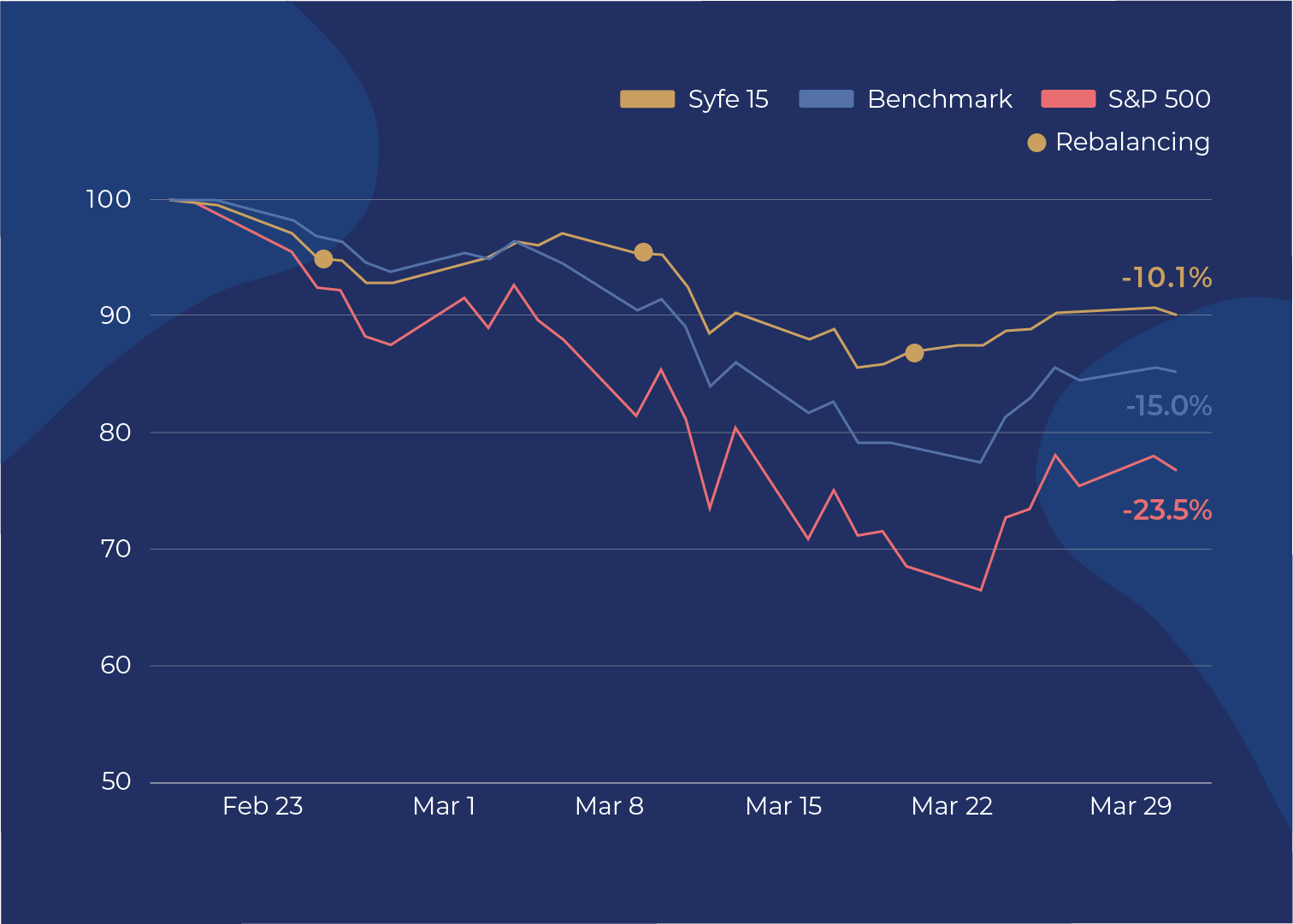Compared with other infectious-disease outbreaks such as the 2003 SARS epidemic and the 2015 Ebola epidemic, COVID-19 is having an unprecedented impact on global economies. To slow the rate of infection and save lives, governments worldwide have been forced to impose lockdowns and enforce strict social distancing measures.
The policies necessary to contain the virus have triggered a downturn as people stay home, businesses close, and economic activity slows. Until there is more clarity around how quickly and thoroughly COVID-19 can be contained, it is nearly impossible for anyone to predict how the pandemic will play out. What is clear however, is that the current situation is no longer just a “market correction”, but a prolonged slowdown that could stretch on for some time to come.
Where we might be heading
Instrumental to the recovery are the actions now being taken by central banks and governments to shield their economies. Many central banks have enacted rate cuts and launched massive quantitative easing programmes. We are seeing historic levels of fiscal stimulus – the US will spend US$2 trillion on a rescue package, and closer to home, Singapore is setting aside $60 billion to help families, workers and businesses cushion the impact of the COVID-19 shock.
As a result of these measures, investor sentiment has been stabilising in recent weeks. The Dow has risen 28.8% from its March 23 low, while the S&P 500 is up 27.2%, at this time of writing.
But what is important to note is that while central banks have injected large amounts of liquidity to help prop up financial markets, these actions do not ensure growth will take place after the pandemic fades. Predicting the shape of the eventual recovery requires certainty on variables that for now remain elusive: When the economy will reopen, how business and consumer behaviour will normalise, and what other government policies will be introduced to support the recovery.
Coping with market uncertainty
Investors are grappling with a wide array of unpredictable events. Yet with the right approach, portfolios can be positioned for the unknown by ensuring broad diversification and adopting a risk-managed perspective to portfolio construction.
Of all the actions investors can take to protect their portfolios, diversification remains key. A diversified portfolio should comprise stocks, bonds and other assets like real estate and commodities. When markets fall, a diversified portfolio helps stem your losses – when some assets drop, you have others that provide stability.
While important, diversification is not a magic bullet. Dynamic risk management makes the difference. Syfe has put in place an automated risk managed investing (ARI) algorithm that adjusts asset allocations to reduce risk across all portfolios in response to rising market volatility.
The Syfe Difference
The results speak for themselves. Although the S&P 500 has lost 23.5% from its February 19 peak to March 31, Syfe’s popular 15% Downside Risk (DR) portfolio only dipped 10.1%. In comparison, a traditionally diversified portfolio such as the benchmark Morningstar Moderate Index dropped 15%.
Comparison of Syfe’s 15% DR Portfolio against the Morningstar Moderate Risk benchmark and the S&P 500 (Feb 19 – Mar 31)

Due to the spike in volatility seen in February and March, Syfe’s ARI algorithm pulled back on some of the allocation to equities, while increasing the share of lower-risk bonds and commodities.
This rebalancing returned the risk levels of each portfolio back to their target downside risk levels, ensuring that investors are unlikely to lose more than what they are comfortable with losing, given their risk appetite, and can stay invested for a sustained period.
With market volatility still high, Syfe portfolios are currently adopting lower risk and more conservative allocations. But if and when volatility starts to decrease in the coming months, we will re-adjust portfolio compositions to benefit from the recovery.
For investors who want to position their portfolios for uncertain times ahead, they can start by gaining a better understanding of their risk profile via Syfe’s Risk Questionnaire here. They will receive a portfolio recommendation based on their risk tolerance and investment goals. Our financial advisors are also ready to help navigate the current complexities. Schedule a complimentary consultation call with them today to find out how else you can prepare for the post COVID-19 future.


